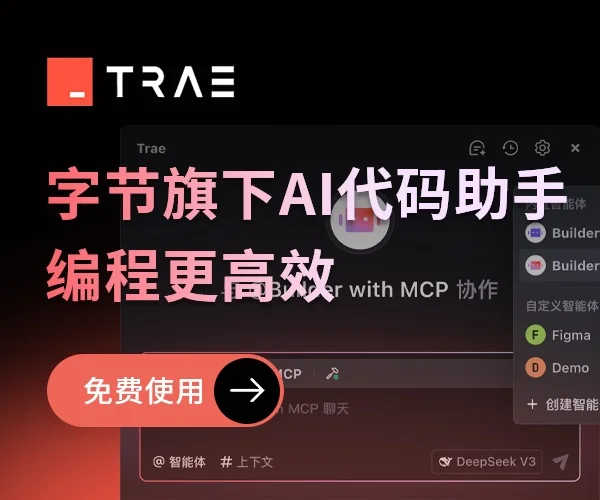springboot的java打印票据
Java打印的几个步骤
- 1构建springboot框架
- 2引入log日志
- 3构建java打印xml文件
- 4解析xml配置文件
- 5java打印
由于需要,现在要实现一个java打印的程序。我们开始第一步构建springboot项目。
第一步
打开idea,new 一个Project,选择Spring initializr 初始化一个springboot项目。在pom文件中按下alt + insert 选择Dependency使用idea的引入maven依赖。如下:
<!--基础依赖-->
<dependency>
<groupId>org.springframework.boot</groupId>
<artifactId>spring-boot-starter-web</artifactId>
</dependency>
<dependency>
<groupId>org.springframework.boot</groupId>
<artifactId>spring-boot-starter</artifactId>
</dependency>
<!--httpClient连接-->
<dependency>
<groupId>org.apache.httpcomponents</groupId>
<artifactId>httpclient</artifactId>
</dependency>
<!--gogle的Zxing生成二维码-->
<!-- https://mvnrepository.com/artifact/com.google.zxing/core -->
<dependency>
<groupId>com.google.zxing</groupId>
<artifactId>core</artifactId>
<version>3.3.3</version>
</dependency>
<!-- https://mvnrepository.com/artifact/com.google.zxing/javase -->
<dependency>
<groupId>com.google.zxing</groupId>
<artifactId>javase</artifactId>
<version>3.3.3</version>
</dependency>
<!--判断非空等的工具依赖-->
<dependency>
<groupId>me.javy</groupId>
<artifactId>javy-helper</artifactId>
<version>0.0.1-SNAPSHOT</version>
</dependency>
<dependency>
<groupId>org.springframework.boot</groupId>
<artifactId>spring-boot-starter-test</artifactId>
<scope>test</scope>
<exclusions>
<exclusion>
<groupId>org.junit.vintage</groupId>
<artifactId>junit-vintage-engine</artifactId>
</exclusion>
</exclusions>
</dependency>
<!--使用pojo解析xml文件所用-->
<dependency>
<groupId>org.projectlombok</groupId>
<artifactId>lombok</artifactId>
<version>1.16.20</version>
</dependency>

配置httpClient
1.httpClient连接可以远程访问服务器,获取数据,有时需要。所以这里也配一下。下面我们进行httpClient配置。在config包下建一个httpClient和httpCLientService,一个是构建对象一个是连接服务。
在properties中写入httpclient的基础配置:
#http配置服务
#最大连接数
http.maxTotal = 100
#并发数
http.defaultMaxPerRoute = 20
#创建连接的最长时间
http.connectTimeout=1000
#从连接池中获取到连接的最长时间
http.connectionRequestTimeout=500
#数据传输的最长时间
http.socketTimeout=10000
#提交请求前测试连接是否可用
http.staleConnectionCheckEnabled=true
2.在httpClient往容器中注入Bean属性,采用注解@Value来实现如下:
@Configuration
public class HttpClient {
@Value("${http.maxTotal:1}")
private Integer maxTotal;
@Value("${http.defaultMaxPerRoute:1}")
private Integer defaultMaxPerRoute;
@Value("${http.connectTimeout:1}")
private Integer connectTimeout;
@Value("${http.connectionRequestTimeout:1}")
private Integer connectionRequestTimeout;
@Value("${http.socketTimeout:1}")
private Integer socketTimeout;
@Value("${http.staleConnectionCheckEnabled:true}")
private boolean staleConnectionCheckEnabled;
}
- 1.下面我们首先实列化一个连接池管理器,设置最大连接数,并发连接数。
@Bean(name = "httpClientConnectionManager")
public PoolingHttpClientConnectionManager getHttpClientConnectionManager(){
PoolingHttpClientConnectionManager httpClientConnectionManager = new PoolingHttpClientConnectionManager();
//最大连接数
httpClientConnectionManager.setMaxTotal(maxTotal);
//并发数
httpClientConnectionManager.setDefaultMaxPerRoute(defaultMaxPerRoute);
return httpClientConnectionManager;
}
- 2.实列化连接池,设置连接池管理器。我们需要用到spring的@Qualifier,其意为合格者,用于区分注解实例,参数名为我们的连接池管理器注解名称。
@Bean(name = "httpClientBuilder")
public HttpClientBuilder getHttpClientBuilder(@Qualifier("httpClientConnectionManager")PoolingHttpClientConnectionManager httpClientConnectionManager){
//HttpClientBuilder中的构造方法被protected修饰,所以这里不能直接使用new来实例化一个HttpClientBuilder,可以使用HttpClientBuilder提供的静态方法create()来获取HttpClientBuilder对象
HttpClientBuilder httpClientBuilder = HttpClientBuilder.create();
httpClientBuilder.setConnectionManager(httpClientConnectionManager);
return httpClientBuilder;
}

- 3.注入连接池,获取client对象
@Bean
public CloseableHttpClient getCloseableHttpClient(@Qualifier("httpClientBuilder") HttpClientBuilder httpClientBuilder){
return httpClientBuilder.build();
}
- 4.Builder是requestConfig中的一个内部类,通过requestConfig的custom方法获取builder的对象,设置builder的连接信息。
@Bean(name = "builder")
public RequestConfig.Builder getBuilder(){
RequestConfig.Builder builder = RequestConfig.custom();
return builder.setConnectTimeout(connectTimeout)//创建连接的最长时间
.setConnectionRequestTimeout(connectionRequestTimeout)//从连接池中获取的连接最长时间
.setSocketTimeout(socketTimeout)//数据传输的最长时间
.setStaleConnectionCheckEnabled(staleConnectionCheckEnabled);//提交请求前测试连接是否可用
}
- 5.用builder构建一个requestConfig对象
@Bean
public RequestConfig getRequestConfig(@Qualifier("builder") RequestConfig.Builder builder){
return builder.build();
}
到此httpclient基础信息初始化配置完成。
弯弯月亮,只为美好的自己。


 浙公网安备 33010602011771号
浙公网安备 33010602011771号